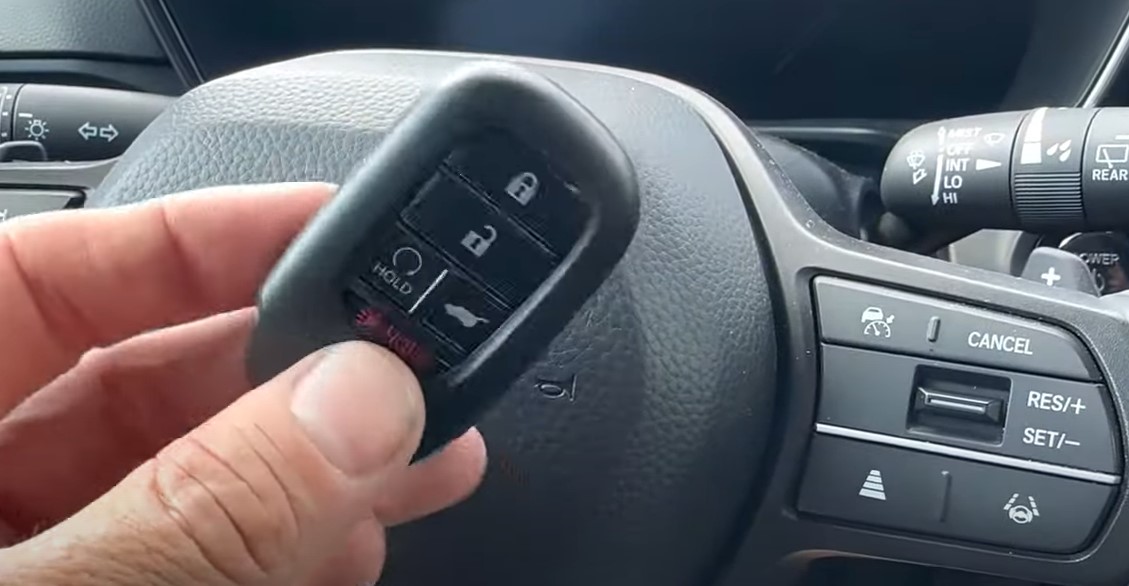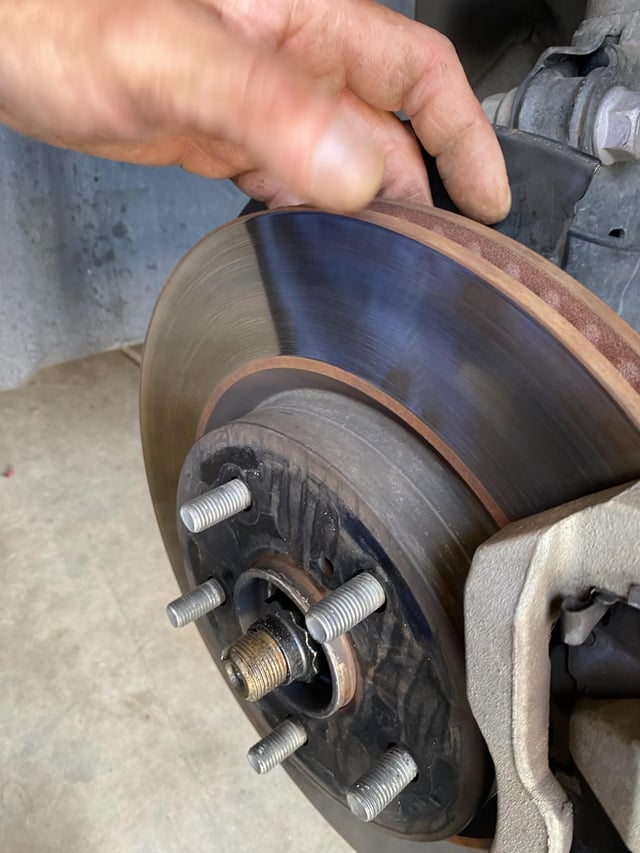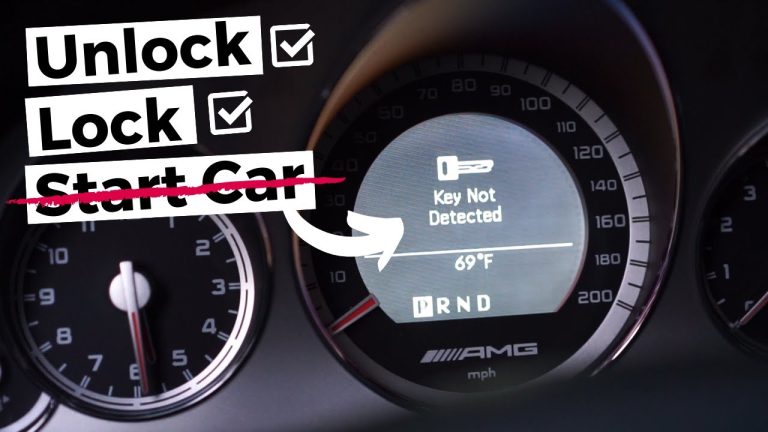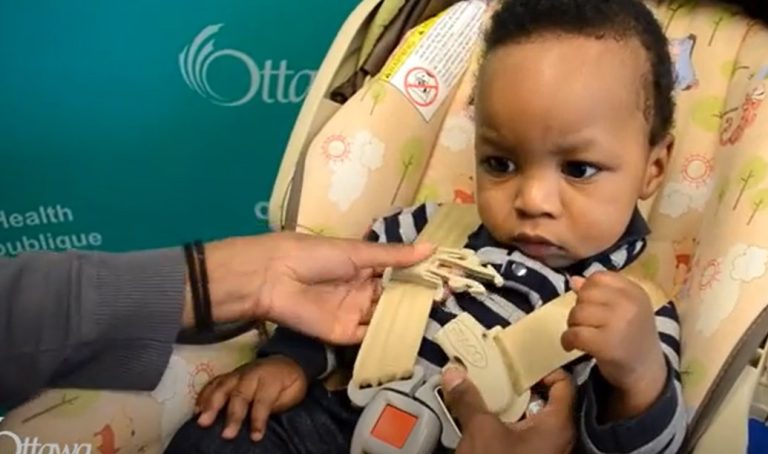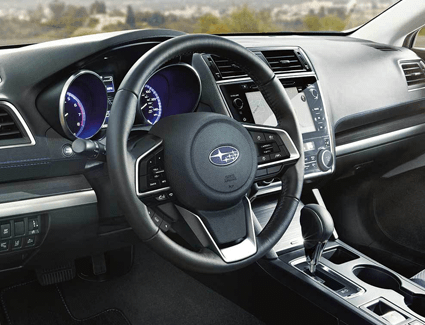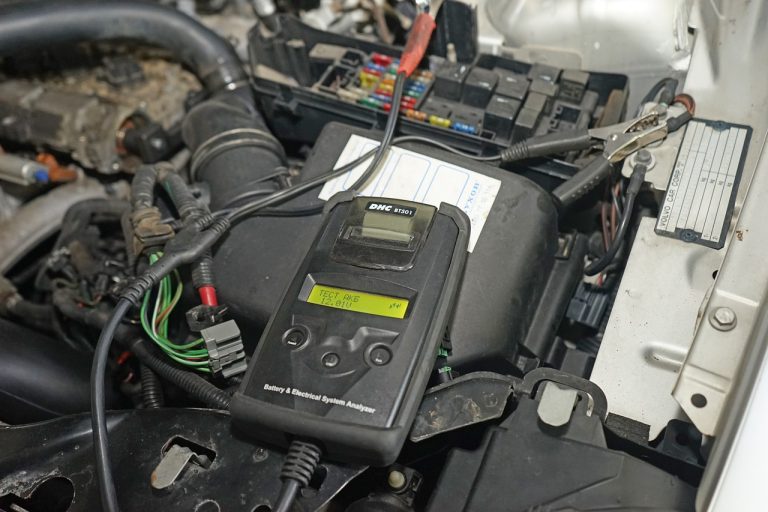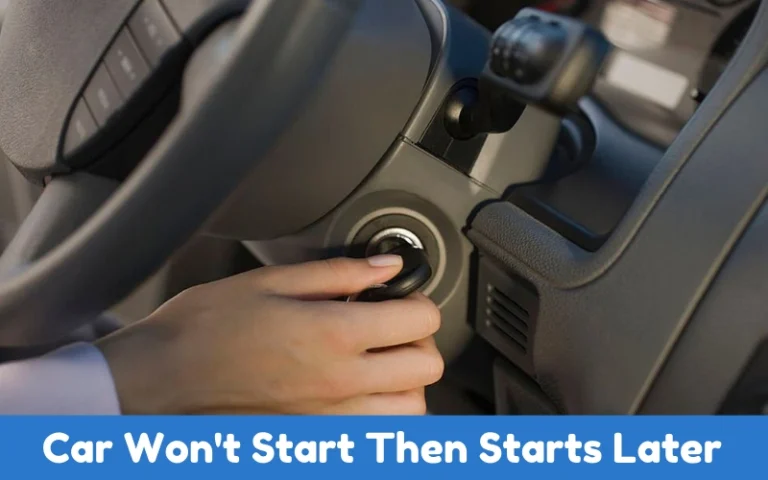Honda CRV Won t Start: Expert Diagnosis & Solutions
If your Honda CRV won t start, the most common culprits are a dead battery, faulty starter motor, or ignition switch failure. These issues can often be diagnosed and resolved with basic tools and a methodical approach.
As a seasoned automotive technician with over a decade of experience specializing in Honda vehicles, I understand how frustrating it can be when your reliable CR-V suddenly refuses to start. Whether you’re dealing with a silent engine, a clicking noise, or intermittent starting problems, this comprehensive guide will help you identify the root cause and get your vehicle back on the road.
In this article, we’ll delve into the most common reasons why a Honda CR-V won’t start, provide step-by-step troubleshooting advice, and answer frequently asked questions to assist you in resolving the issue efficiently.
Honda CRV Won t Start
Honda CRV Won t Start: Common Causes and Fixes

1. Dead or Weak Battery
A dead or weak battery is the most frequent reason a Honda CR-V won’t start. Symptoms include dim headlights, a clicking sound when turning the key, or complete silence. Cold weather can exacerbate battery issues, as low temperatures reduce the battery’s ability to hold a charge.
Solution:
- Attempt a jump-start using jumper cables and another vehicle.
- If the battery is over three years old or fails to hold a charge, consider replacing it.
- Ensure battery terminals are clean and securely connected.
2. Faulty Starter Motor
The starter motor is responsible for turning the engine over. If it’s faulty, you might hear a single click or nothing at all when attempting to start the car. Over time, the starter can wear out or fail suddenly.
Solution:
- Check for loose or corroded connections to the starter.
- If connections are secure, the starter motor may need replacement.
- Consult a professional mechanic for diagnosis and repair.
3. Ignition Switch Failure
A faulty ignition switch can prevent power from reaching the starter motor. Symptoms include the engine not cranking, dashboard lights flickering, or the key not turning smoothly.
Solution:
- Test the ignition switch for continuity using a multimeter.
- If faulty, replace the ignition switch.
- Ensure the new switch is compatible with your CR-V model.
4. Fuel System Issues
Problems within the fuel system can prevent the engine from starting. Common issues include a clogged fuel filter, faulty fuel pump, or empty fuel tank.
Solution:
- Ensure the fuel tank has an adequate amount of fuel.
- Listen for a humming sound from the fuel pump when turning the key to the “ON” position.
- Replace the fuel filter if it’s clogged.
- If the fuel pump is faulty, it will need replacement.
5. Defective Spark Plugs
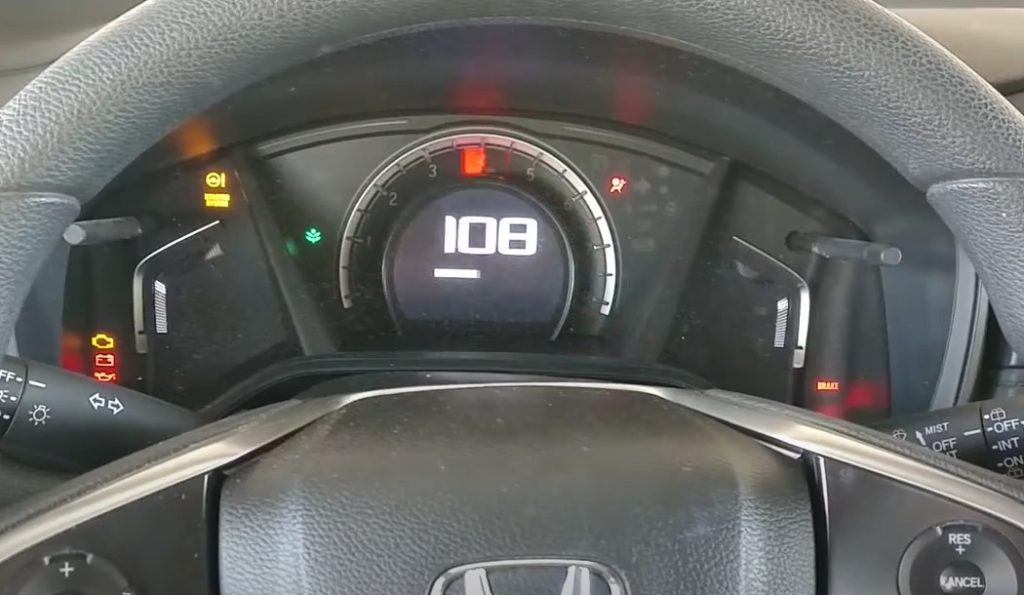
Worn or fouled spark plugs can prevent the engine from starting by failing to ignite the air-fuel mixture.
Solution:
- Inspect spark plugs for wear or carbon buildup.
- Replace spark plugs if they appear damaged or worn.
- Ensure spark plug wires are in good condition and properly connected.
6. Failing Alternator
The alternator charges the battery while the engine runs. If it fails, the battery can drain, leading to starting issues.
Solution:
- Test the alternator’s output voltage with a multimeter.
- If the alternator isn’t charging the battery, it needs replacement.
- Check the alternator belt for wear or looseness.
7. Immobilizer System Malfunction
The immobilizer system prevents unauthorized starting of the vehicle. If there’s an issue with the key’s transponder or the system itself, the engine may not start.
Solution:
- Try using a spare key to start the vehicle.
- If the problem persists, the immobilizer system may need reprogramming or repair by a professional.
8. Blown Fuses or Relays
A blown fuse or faulty relay can interrupt the starting circuit. Symptoms include no response when turning the key or specific electrical components not functioning. Testing Autos.
Solution:
- Inspect fuses related to the starting system and replace any that are blown.
- Test relays for proper operation and replace if necessary.
9. Brake System Issues
Some CR-V models require the brake pedal to be depressed for the engine to start. A faulty brake light switch or issues with the electric parking brake (EPB) can prevent starting.
Solution:
- Ensure the brake lights illuminate when pressing the pedal.
- If not, the brake light switch may need replacement.
- Check for EPB warning lights and consult a mechanic if present.
10. Parasitic Battery Drain
Electrical components drawing power when the vehicle is off can drain the battery, leading to starting issues.
Solution:
- Conduct a parasitic draw test using a multimeter.
- Identify and repair any components causing excessive drain.
- Ensure all lights and accessories are turned off when the vehicle is parked.
FAQs
What should I do if my Honda CR-V won’t start but the lights come on?
If the lights come on but the engine doesn’t start, the issue may be with the starter motor, ignition switch, or immobilizer system. Check for any error messages on the dashboard and listen for clicking sounds when turning the key. If unsure, consult a professional mechanic for diagnosis.
Can a bad alternator cause my CR-V not to start?
Yes, a failing alternator can prevent the battery from charging, leading to a drained battery and starting issues. If you’ve recently replaced the battery and still experience problems, have the alternator tested.
How can I tell if my CR-V’s fuel pump is failing?
A failing fuel pump may cause the engine to crank without starting. Listen for a humming sound from the fuel tank when turning the key to the “ON” position. If you don’t hear it, the fuel pump may be faulty and require replacement.
Why does my CR-V start intermittently?
Intermittent starting can result from loose battery connections, a failing ignition switch, or a faulty starter motor. Inspect these components for wear or damage and replace as necessary.
What is a parasitic battery drain, and how do I fix it?
A parasitic battery drain occurs when electrical components draw power while the vehicle is off, leading to a dead battery. To fix it, perform a parasitic draw test to identify the source and repair or replace the faulty component.
Conclusion
Experiencing starting issues with your Honda CR-V can be frustrating, but understanding the common causes can help you diagnose and resolve the problem efficiently. From battery and starter motor issues to fuel system and electrical problems, each component plays a vital role in your vehicle’s starting process.
Regular maintenance and prompt attention to warning signs can prevent many of these issues. If you’re unable to identify or fix the problem yourself, it’s advisable to consult a certified mechanic to ensure your CR-V returns to reliable operation.

